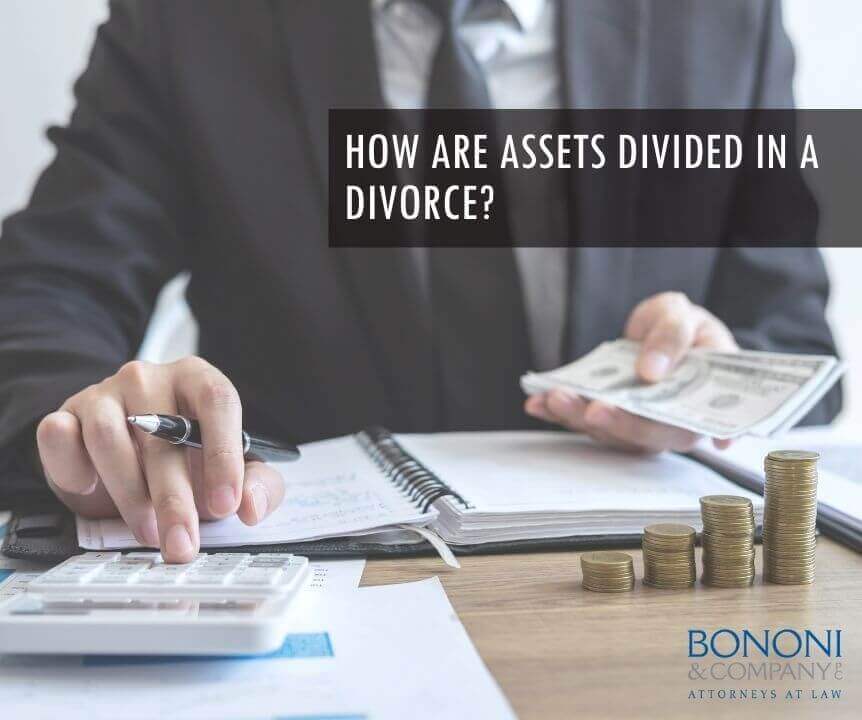
It can be complicated trying to decide how to divide assets when going through a divorce. In Pennsylvania, marital property must be divided equitably, which does not always mean equally.
When couples get married, it is common for them to mix or commingle their assets. Commingled assets are defined as the mixing of separate assets that existed before marriage and marital assets that are attained together throughout a marriage. These assets will have to be divided between the individuals if they decide to divorce, which can be a difficult process if both parties cannot agree.
This is why in a divorce case, it is important to find an attorney that will represent you adequately. Under the law, there are 11 factors to consider or 11 factors to argue about in a divorce case when dividing assets. Equitable division of marital property is defined by statute § 3502: (a) General rule.
- The length of the marriage.
- Any prior marriage of either party.
- The age, health, station, amount and sources of income, vocational skills, employability, estate, liabilities and needs of each of the parties.
- The contribution by one party to the education, training, or increased earning power of the other party.
- The opportunity of each party for future acquisitions of capital assets and income.
- The sources of income of both parties, including, but not limited to, medical, retirement, insurance, or other benefits.
- The contribution or dissipation of each party in the acquisition, preservation, depreciation, or appreciation of the marital property, including the contribution of a party as homemaker.
- The value of the property set apart to each party.
- The standard of living of the parties established during the marriage.
- The economic circumstances of each party at the time the division of property is to become effective.
10.1 The Federal, State and local tax ramifications associated with each asset to be divided, distributed or assigned, which ramifications need not be immediate and certain.
10.2 The expense of sale, transfer or liquidation associated with a particular asset, which expense need not be immediate and certain.
11. Whether the party will be serving as the custodian of any dependent minor children.
In general, you are going to end up somewhere around 50/50 in most cases. However, there are exceptions to that. For example, if you have one spouse who has all of the income and one spouse who has very little income or may be disabled, there’s an argument there to try to bring you closer together for future years by giving the dependent spouse more inequitable distribution.
You also have to consider all of the options. For example, you don’t want one spouse to end up with all of the cash and one person to end up with just a house or just a retirement account. It is best to equalize everything – do it by asset type to protect both parties in the future.
